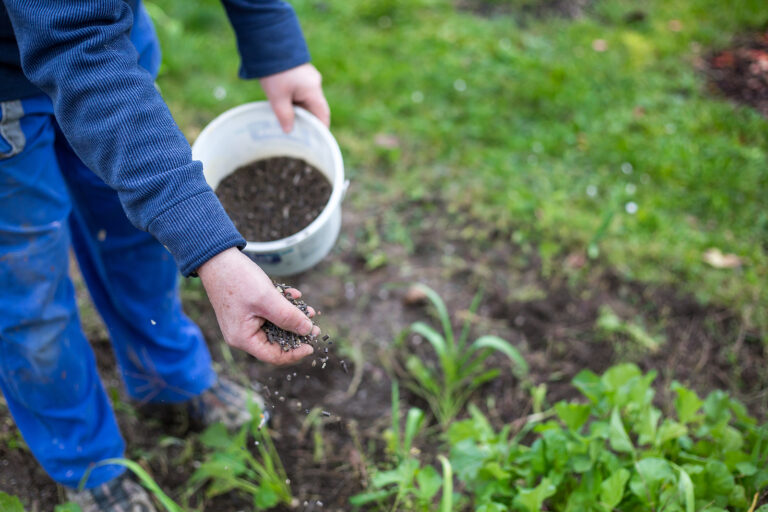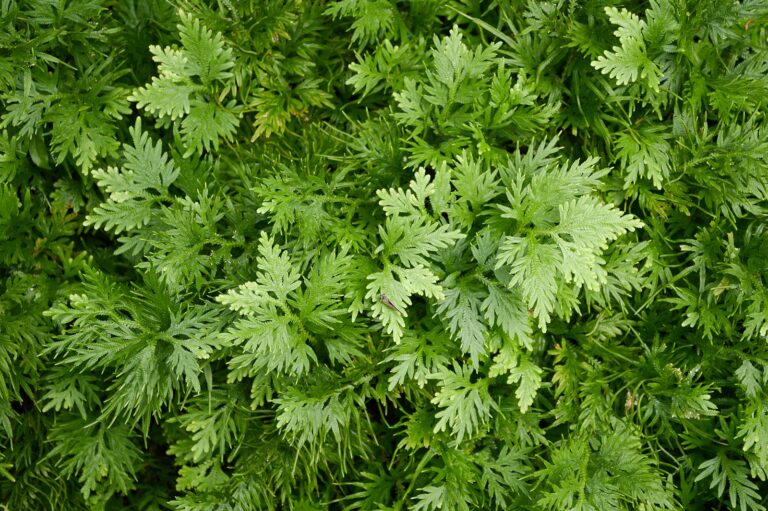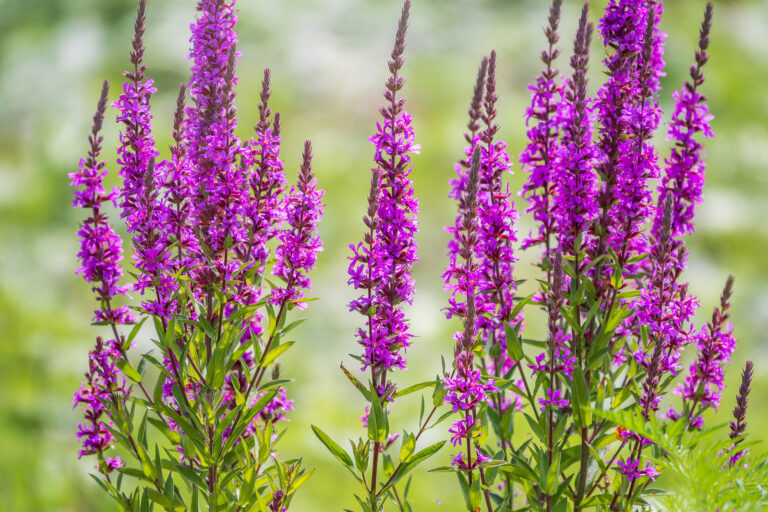How to Grow Foxtail Lily — Eremurus
Eremurus–commonly called foxtail lily–produces tall slim spirelike spikes of white, pink, or yellow blooms that look most dramatic when planted in groups. Flowers cover upper half stems to 8-feet tall.
Eremurus belong to the lily family and like other lilies, it requires a cold winter to bloom. Blooms appear in very early spring and can be damaged by late frosts; plants should be protected by plant blankets or large cardboard boxes until hard frosts are past.
Use Eremurs at the back of perennial borders and plant them in drifts to emphasize their bold, linear lines. They are dramatic set against an evergreen background.
The stems of this tall perennial may need staking.
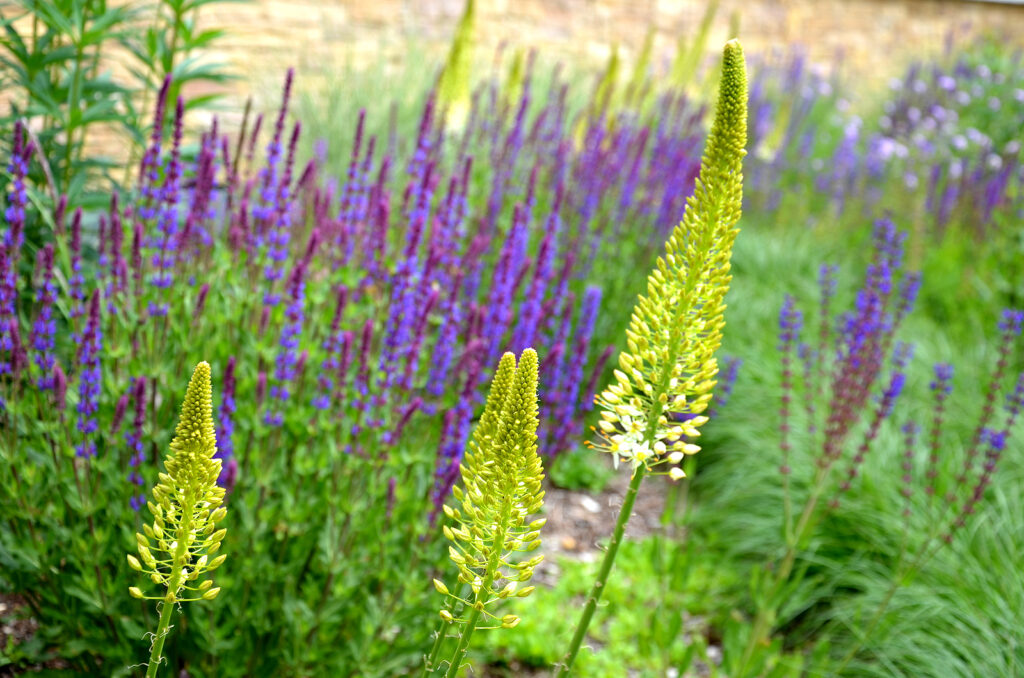
Get to know Eremurus
- Plant type: Perennial grown from a rhizome
- Growing Zones and range: Zones 5-8
- Hardiness: Foliage dies back to the ground in winter
- Height and width: 2 to 7 feet (.6-2.1m) tall; 2 to 3 feet (.6-1m) wide
- Foliage: Tufted rosette of folded, linear to lance-shaped basal leaves; dies back to conical crown after flowering.
- Flowers: Hundreds of small white or pastel pink, yellow, orange blooms on dense bottlebrush-shape spike rises 3 to 7 feet (1-2.1m) tall, strappy foliage; 7 or 8 spikes from each plant
- Bloom time: Late spring and early summer
- Uses: Dramatic vertical accent; cut flower lasts several weeks; use in mixed flower borders, meadows, cottage gardens
- Common name: Foxtail Lily
- Botanical name: Eremurus spp.
- Family: Liliaceae
- Origin: Western and Central Asia
Where to plant Eremurus
- Grow Eremurus in full sun.
- Eremurus grows best in humus-rich, well-drained soil; sandy soil is ideal for Eremurus.
- Choose a site protected from the wind.
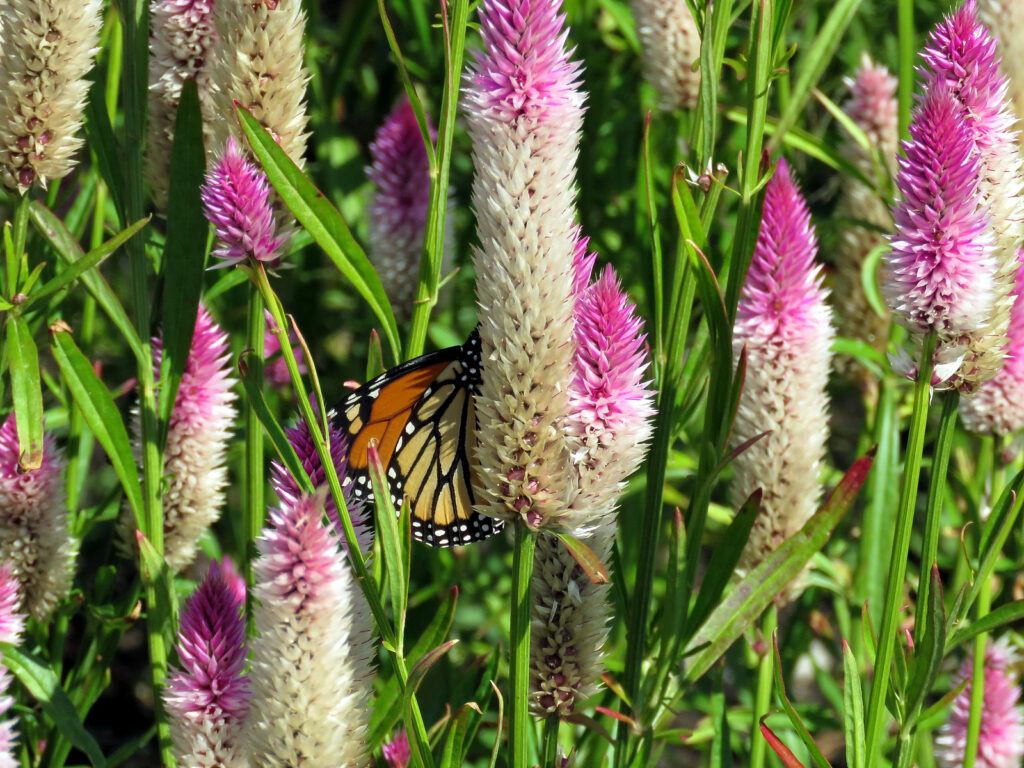
When to plant Eremurus
- Plant Eremurus rhizomes in fall; set out established plants in spring.
Planting and spacing Eremurus
- Space Eremurus 2 to 3 feet apart.
- Handle roots carefully; they are brittle and easily broken.
- Prepare the planting site to 2 feet deep.
- Set roots 4 to 6 inches (10-15cm) deep and wide enough to accept the starfish like arms of the toots.
How to water and feed Eremurus
- Eremurus needs moderate moisture; established plants tolerate drought.
- Fertilize Eremurus with an all-purpose fertilizer during bloom time.
Eremurus care
- Handle Eremurus roots with care; they are brittle and tend to rot if damaged.
- Stake taller plants.
- Foliage dies down after blooming; mark the spot to avoid injuring roots.
Eremurus pests and diseases
- Eremurus is susceptible to attack by slugs and snails.
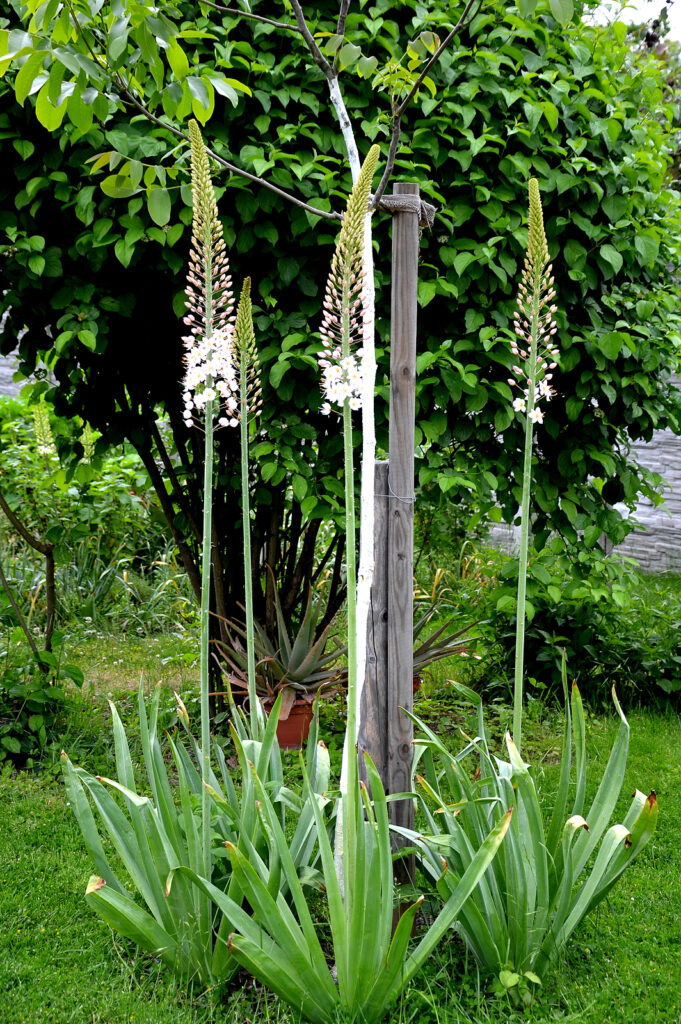
Eremurus propagation
- Sow seeds in containers in a cold frame in autumn.
- Carefully divide brittle roots after flowering and replant divisions.
Eremurus varieties to grow
- Eremurus himalaicus: white-flowered species bears 3- foot racemes of starry flowers in late spring; grows 4 to 6 feet tall.
- E. robustus can grow to 10 feet tall; bears clear pink flowers lightly veined with brown has dense basal leaves to 2 feet long
- E. Shelford hybrids: grows 4 to 5 feet tall; flowers in white and shades of buff, pink, yellow, and orange.
- E. stenophyllus grows 2 to 3 feet tall with bright yellow flowers aging to orange-brown; leaves are 1 foot long.




